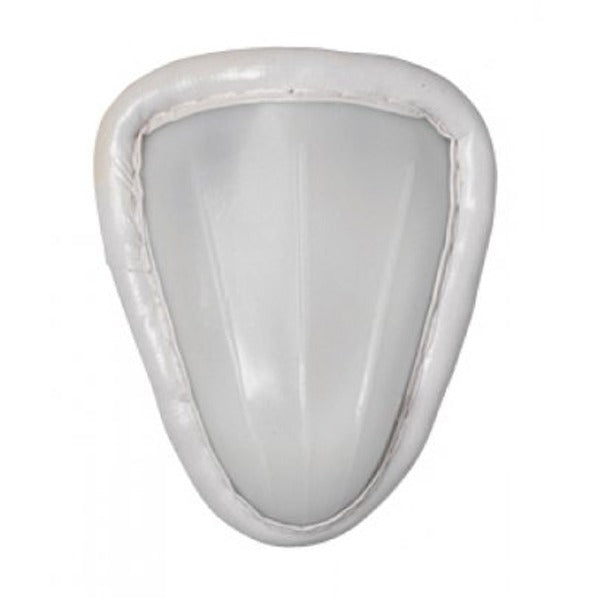The sport of cricket inherently involves high-speed deliveries and hard hits. Necessitating the use of protective gear to safeguard players from injuries. Initially, protection was minimal, and cricketers had to heavily rely on their reflexes and technique to avoid being struck by the ball. The first step towards player safety was the introduction of leg pads in the 18th century, offering some defense against the impact of the ball.
These early leg pads were rudimentary, made from cork and leather, and provided only basic protection. They were strapped onto the legs with thin strings, which made them cumbersome and offered limited movement. Over time, these pads were refined, becoming more comfortable and effective in shielding the legs.
The 19th century marked a period of significant progress in cricket safety gear. The introduction of helmets was a landmark change, but it was just the beginning. Alongside helmets, protective equipment such as thigh pads, chest guards, and arm guards started to appear. These innovations not only made cricket safer but also allowed players to concentrate on enhancing their game without the constant fear of injury.
Helmet use, though introduced in the late 19th century, was not widely adopted until the latter half of the 20th century. Early helmets were heavy and had limited visibility, but the safety they provided gradually convinced players to integrate them into their gear. With time, helmets became lighter, offered better visibility, and became an indispensable part of a cricketer’s kit.
Invention Timeline of Protective Gear in Cricket
18th Century
Leg pads were the pioneers of protective gear in cricket, introduced in the 18th century. These early versions were cumbersome, made of cork and sometimes wood, and were strapped around the cricketer’s legs. They were a far cry from today’s lightweight and ergonomic designs. They laid the foundation for the evolution of protective gear in cricket.
19th Century
The 19th century saw a broader adoption of protective equipment in cricket. Helmets made their debut in 1878, brought forth by English cricketers who had been to Australia. Despite their introduction, helmets did not gain popularity for nearly a century, as players prioritized mobility over protection. It wasn’t until the 1970s when Dennis Amiss, an English batsman, regularly began wearing a helmet, did it became a common sight on the cricket field.
During this century, other forms of protection like thigh pads, chest guards, and arm guards were introduced, offering protection to various parts of the body. These innovations allowed cricketers to play with greater confidence, knowing they had some defense against the high-velocity cricket balls.
20th Century
The 20th century brought about revolutionary changes in protective gear, starting with the first abdominal guard in 1908. Known colloquially as the “box,” this guard provided essential protection to the groin area, which was highly vulnerable in the absence of any safeguarding. The “box” quickly became an integral part of a cricketer’s attire.
The introduction of the chest guard followed, designed to shield the upper torso from impact. First used by Bert Oldfield, an Australian wicket-keeper, in 1932. It soon became a standard issue for players in high-risk positions, such as wicket-keepers and close-in fielders.
21st Century
The 21st century has seen the most advanced developments in cricket protective gear. In 2006, the first cricket helmet with a titanium grille was introduced, offering enhanced visibility and protection. Then in 2008, helmets with shock-absorbing layers came onto the market, further reducing the risk of concussion and head injuries.
The latest advancements also include upgraded thigh pads, arm guards, and chest guards, now crafted from lightweight, high-impact-absorbing materials. These improvements in protective gear allow cricketers to perform at their best, secure in the knowledge that they have the best possible protection.
What is the Cricket Testicular Guard?

The cricket testicular guard, colloquially known as the “box,” is an essential piece of protective gear for male cricketers. It is designed to shield the groin area from the high-speed impact of a cricket ball. Constructed with a tough outer shell and a cushioned interior, the guard combines protection with comfort. The outer layer is typically fashioned from sturdy materials like plastic or metal, while the inside is lined with shock-absorbing foam or gel.
This guard is strategically worn inside the player’s undergarments, enveloping the testicles and the base of the penis. The groin area, being extremely sensitive, can sustain severe injuries if struck by a ball, making the testicular guard a critical component of a male cricketer’s protective gear.
When Was the Cricket Testicular Guard Invented?
The invention of the cricket testicular guard dates back to 1874. Joseph Gray Nicholls, a cricket equipment manufacturer from Melbourne, Australia, was moved to create this protective device after witnessing a player suffer a painful blow to the groin. Nicholls’s invention was driven by the desire to shield this particularly sensitive area, and thus the cricket testicular guard came into existence.
Conclusion
The evolution of protective gear in cricket is a testament to the sport’s commitment to player safety. From the rudimentary leg pads of the 18th century to the sophisticated helmets and guards of today. Each invention has played a pivotal role in making cricket safer. The cricket testicular guard, invented in 1874 by Joseph Gray Nicholls, is just one of the many innovations contributing to this ongoing effort. Its continued use underscores its importance in protecting players and allowing them to enjoy the game with peace of mind.


